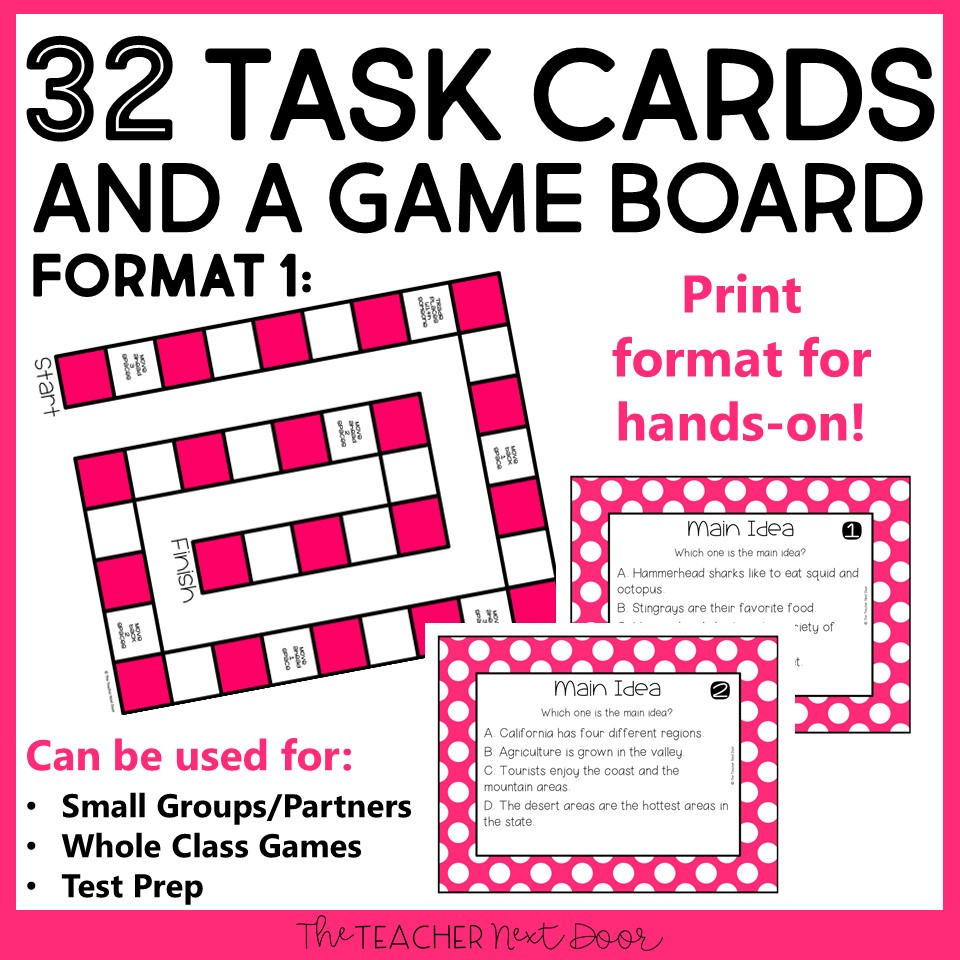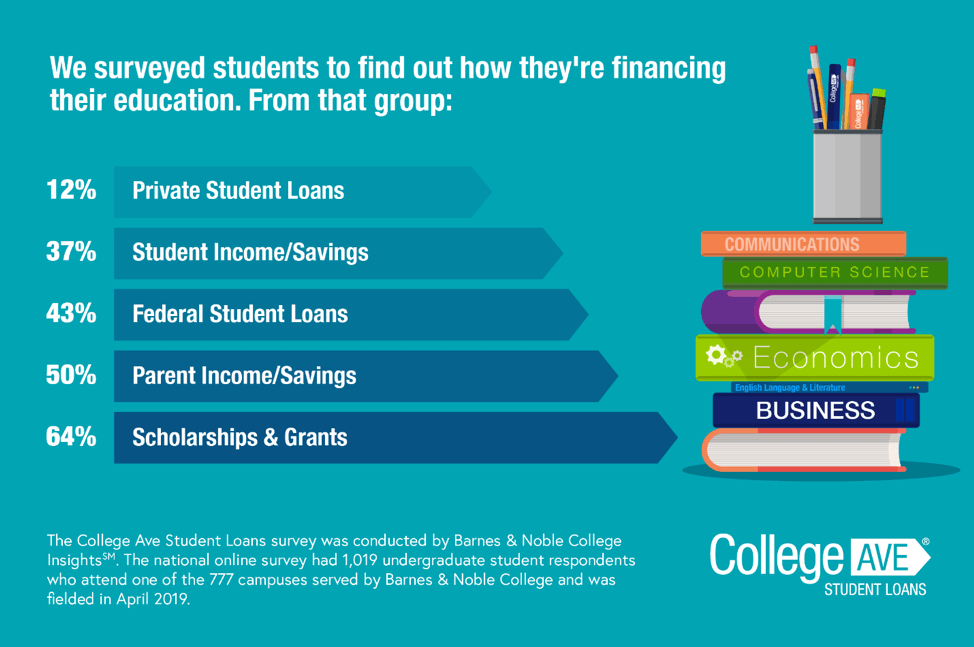
Women can apply for grants to help pay for their education. You can look into several sources, such as the AARP Foundation, Talbot Scholarship Foundation and Jeanette Rankin Foundation. It is important for women to approach this process from multiple perspectives. This includes their career goals, degree and work experience, as well as extracurricular activities, their age and whereabouts. Once they have narrowed their options, they can contact these companies and organizations.
AARP
The AARP grant program for women going back-to-school awards scholarships to women who show financial need and have plans to continue their education. According to the guidelines of the program, awards range between $500 and $5,000. The amount of money is dependent on financial need and the cost of tuition at the chosen educational institution. These scholarships vary in amount each year. In 2010, AARP granted scholarships to 200 women. Once the scholarship money is awarded, recipients must register for school until it runs out.
This scholarship is available to women 40 years old and below with a family income under $50,000. It is especially useful for women who have been out of the workforce for some time and wish to earn new skills. Women who are interested in pursuing a second degree or training can also benefit from these scholarships.
Talbot Scholarship Foundation
The Talbot Scholarship Foundation offers a variety of scholarships for women who wish to return to school at a later age. These scholarships include the Nancy Talbot Scholarship Award worth $30,000. Thirty additional $5,000 scholarships are also available. The deadline for applications is January 2022. Applicants must be female, and they must have at least two semesters remaining before they complete their undergraduate degree.

The applicant must be enrolled at a college or university that recognizes them, have completed at minimum two years of equivalent full-time courses and live in the Northwest United States. The program also awards a $1,000 scholarship to a non-traditional female student who is studying in a STEM field. To qualify, applicants must submit an essay of 100 to 300 words explaining why they are studying in this field. They must also list any financial obstacles they might face.
Jeanette Rankin Foundation
Jeanette Rankin Foundation provides scholarships for low-income women aged 35 and older who want to continue their education. Since 1978, the foundation's scholarships have reached over $2.5 million. You must be a citizen or have low income to be eligible. Applicants can study any field of study, and can apply for scholarships online.
The foundation offers seven categories of fellowships, one of which is geared specifically toward international women who have not become U.S. citizens. Other scholarships are available to women aged 35 or older who are enrolled at an accredited college. There are certain income requirements for the women who receive the scholarships, and the grants are only awarded to those who meet these qualifications. The Foundation is currently giving away $5 million in scholarships for women, and hopes to award at least 260 scholarships in the next couple of years.
Newcombe Foundation
One of the programs supported by the Charlotte W. Newcombe Foundation is for women who have been out of school for some time and want to earn a degree. The foundation has supported Bloomfield College since its inception and has given over $1.2million in scholarships. The foundation held a luncheon recently to recognize its recipients, and to celebrate the good work it does in the community.
The foundation's primary objective is to assist mature women in earning a bachelor's degree. It does so through partnerships with various institutions and encourages programs that cater to adult students. Average Newcombe Scholarship recipient has a strong academic track and is 35 years old. They were likely to have attended community college before they went on to their current institution. Although the percentages of part-time and full-time students vary, most recipients volunteer in their communities while attending school.

R.O.S.E. Fund
Regaining one's Self-Estem Fund grants are available to women who want to return to college. These funds are meant to assist women who have been subject to abuse, domestic violence, and other hardships in order for them to live better lives and be more independent. The funds can also be used to pay for living expenses and tuition.
Women returning to school should not let domestic violence, or any other obstacles keep them from attending school. It is difficult enough to find work, so going back to school is a good way to improve your financial standing and to enhance your quality-of-life. Moreover, gaining a college degree not only improves your quality of life, but also sets an example for future generations to pursue higher education.
FAQ
What factors should you consider when choosing your major?
First, you should decide if you want to go into a career straight away or go to college. Then you should make a list of your interests and talents. Your interests can come from reading, listening to music, watching movies, talking to people, playing sports, working around the house, etc. Your talents could include singing, writing, painting, sewing, crafting, cooking, baking, cooking, woodworking and gardening. You can identify your talents and interests to help you choose a major.
Fine arts or art history might interest you if your dream is to be an artist. Biology might be a good choice if you are passionate about animals. Pre-medicine or medical technology may be an option for you if your dream is to become a physician. If you'd like a career that involves computers, you might check out computer science or computer networking. There are many options. It's important to consider what you would like.
How much does homeschooling cost?
Homeschooling does not require you to pay a set fee. Some families charge between $0-$20 per lesson. Some families offer services for free.
But homeschooling is not easy. It requires commitment and dedication. Parents need to make sure they have enough time to spend with their children.
They must also have access to books, supplies, and other learning tools. Homeschoolers often need to take advantage of community events and programs to supplement their curriculum.
Parents should consider the cost of transportation, tutors, extracurricular activities, and other expenses.
Homeschoolers need to be prepared for special occasions, field trips and vacations.
Do you have to go to college in order become an early education teacher?
It is not possible, however, to better prepare yourself for your future career in this field, it might be worth looking into college.
It's important to note that becoming a teacher isn't easy. There are lots of applicants who aren't accepted into programs each year. A lot of people leave college after just one semester.
To be a teacher, you will need to have strict qualifications.
What is an alternate school?
An alternative school is a school that offers students with learning difficulties education with the help of qualified teachers who are sensitive to their individual needs.
The aim of an alternative school is to provide children with special educational needs with the opportunity to learn within a normal classroom environment.
Additionally, they receive extra support when necessary.
An alternative school isn't only for those who have been expelled from mainstream schools.
They are accessible to all children, regardless if they have disabilities or abilities.
Statistics
- Think of the rhetorical power of nineteenth-century abolitionist Harriet Beecher Stowe, Martin Luther King, Jr., or Occupy Wall Street activists with their rallying cry of “we are the 99 percent.” (bostonreview.net)
- They are more likely to graduate high school (25%) and finish college (116%). (habitatbroward.org)
- Globally, in 2008, around 89% of children aged six to twelve were enrolled in primary education, and this proportion was rising. (en.wikipedia.org)
- They are also 25% more likely to graduate from high school and have higher math and reading scores, with fewer behavioral problems,” according to research at the University of Tennessee. (habitatbroward.org)
- Data from the Department of Education reveal that, among 2008 college graduates, 92.8 percent of humanities majors have voted at least once since finishing school. (bostonreview.net)
External Links
How To
What is vocational education?
Vocational education is an educational program that prepares students to work after high school and college. It teaches them specific skills for specific jobs (such as welding). It includes training on the job in apprenticeship programs. Vocational education differs from general education because it focuses on preparing individuals for specific careers rather than learning broad knowledge for future use. Vocational education does not prepare students for university, but it helps them find work after graduation.
Vocational education can take place at all levels of schooling. This includes primary schools, secondary schools and colleges, universities as well as colleges, technical institutes, technical colleges, trade schools, community college, junior colleges, four-year colleges, and colleges. There are also many specialty schools like nursing schools and law schools, legal schools, medical schools and dental schools as well as veterinary medicine, veterinary medicine, firefighting, police academies and military academies. Many of these schools offer both academic instruction and practical experiences.
A number of countries have made significant investments in vocational education over recent decades; for example, Australia, Denmark, Finland, Germany, Ireland, Japan, Luxembourg, New Zealand, Norway, Poland, Sweden, Switzerland, the United Kingdom, and the United States. However, the effectiveness of vocational education remains controversial. Some critics say it does not improve students' employability. Other argue that it prepares them well for life beyond school.
According to the U.S. Bureau of Labor Statistics, 47% of Americans have a degree or certificate related to their current occupation. This is a higher percentage among those who have more education. 71% are currently employed in fields that require postsecondary qualifications.
According to the BLS, nearly half of America's adult population held at least one postsecondary credential in 2012. About a third of Americans were able to obtain a twoyear associate degree. Another 10% had a fouryear bachelor's. One fifth of Americans have a master's, or doctorate.
For those with a bachelor’s degree, the median annual income was $50,000. This is compared to $23,800 if you don't have one. The median salary for people with advanced degrees was $81,300.
The median wage for people who did not finish high school was only $15,000. Those with less than a high school diploma earned $13,000 per year.